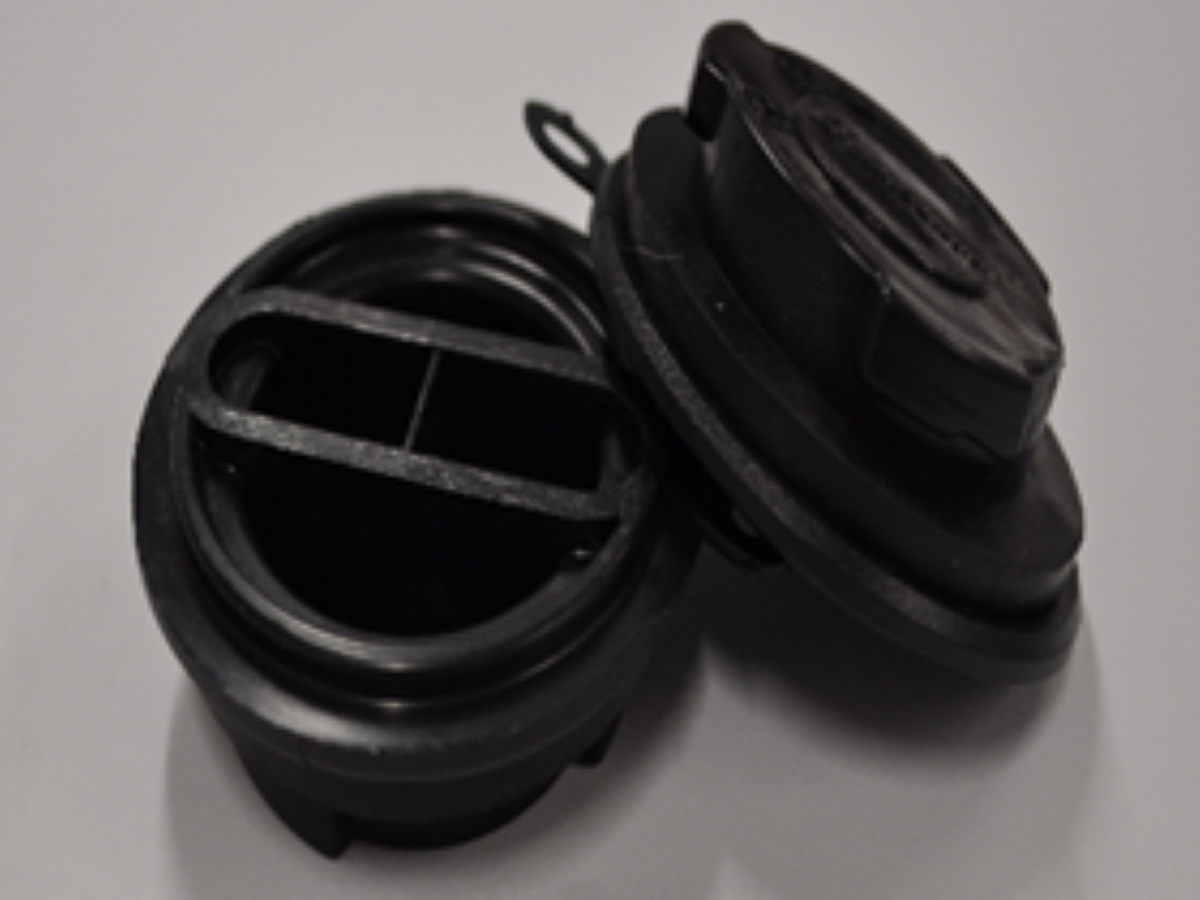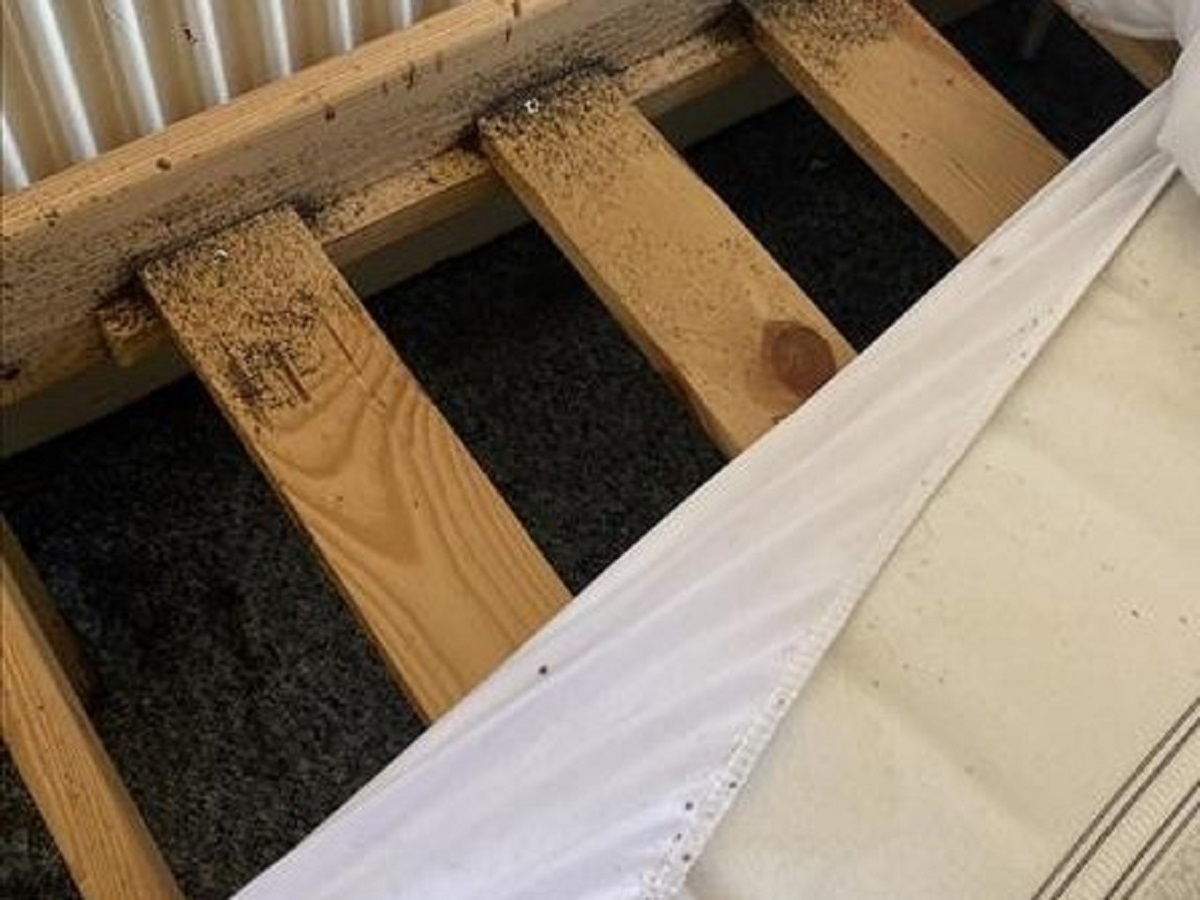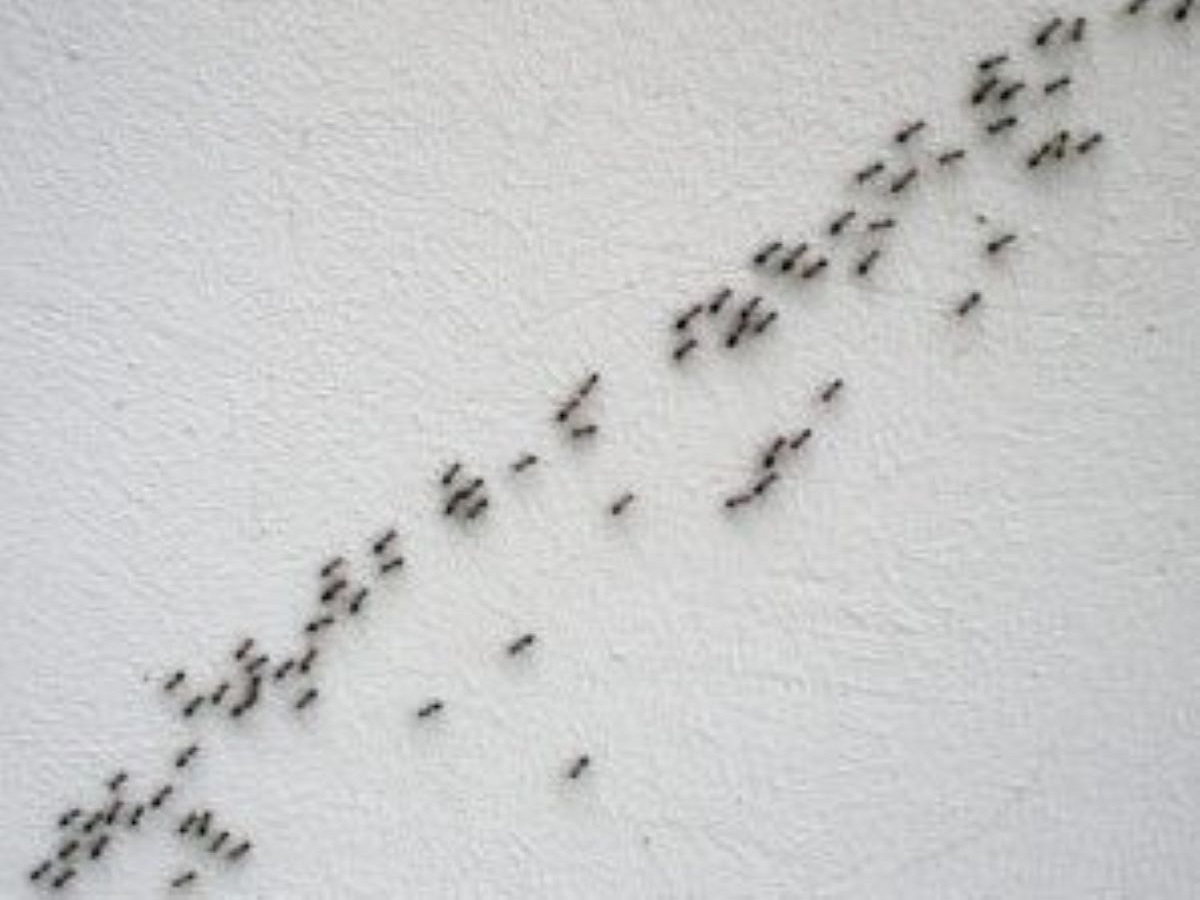About St Albans
St Albans is a historic market town in Hertfordshire situated on the River Ver. It was the first major town on the old Roman road of Watling Street for those heading north, and became the Roman city of Verulamium.
The first settlement here dates back to the 1st century BC when a Celtic tribe built its capital at a place they called Verlamion, meaning ‘place above the marsh‘. When the Romans invaded Britain in AD 43 they captured the settlement and established a fort beside the river crossing, calling it Verulamium. In AD 61 Queen Boudicea burned the Roman town to the ground during her revolt against Roman rule. The Romans subdued the revolt and rebuilt the town with stone buildings, encircled with a stone wall. The town included a forum, a basilica, and an amphitheatre capable of seating 6,000 spectators. Verulamium grew to become the third-largest town in Roman Britain, behind only London and Colchester.
After the Romans left Britain in the early 5th century the town went into a decline. It became a territorial centre for the Saxon Waeclingas tribe, but the Saxon settlement did not reuse the Roman site but instead developed around a hill north of the River Ver, the same hill on which St Alban was said to have been martyred and buried.
The town is named after the first recorded Christian martyr in Britain, St Alban. We do not know exactly when Alban lived or died; estimates of his death range from AD 209 to 313. He met a Christian priest who was fleeing for his life, and out of kindness, he sheltered the priest in his house. The priest so impressed Alban with his piety that Alban converted to Christianity. The authorities learned that Alban was sheltering the priest and came to seize him. Alban put on the priest’s robes and allowed himself to be led away in his place. The judge declared that since Alban was offering himself up as the priest he would suffer in his place unless he renounce his faith. Alban refused and was executed.
ST ALBANS CATHEDRAL
King Offa of Mercia founded a Benedictine monastery in 793 with a church built over the place where St Alban was buried. The Shrine of St Alban was the reason for the Abbey’s foundation and the town that grew up around it. After the Norman invasion of 1066, William the Conqueror appointed Paul of Caen as the first Norman abbot of St Albans and commissioned a new church. Paul started his great rebuilding of the Abbey with the Tower, which still stands today. This Norman church was built from bricks and tiles saved from the ruins of Roman Verulamium. This ambitious project was completed in 1115, under the rule of Abbot Richard d’Albini. In 1213 St Albans Abbey was the meeting place for a group of churchmen and nobles. Their discussions led to Magna Carta which was reluctantly sealed by King John at Runnymede in 1215.
During the Dissolution of the Monasteries in 1541 most of the Abbey buildings were torn down and the material used for other building projects. The Abbey church survived, however, to become the parish church, and in 1876 it was given cathedral status. The only other part of the medieval monastery to survive is the Abbey Gateway, built around 1362. The Gateway housed one of the earliest printing presses in England and for centuries also served as the town gaol. It is now part of St Albans School.
The building’s amazing mixture of architectural styles bears witness to the many centuries of its life, first as a monastic Abbey and now as a Cathedral. The Nave of St Albans Cathedral is the longest in the country which, at 85 metres long, displays a striking selection of medieval wall paintings, one of the most extensive collections surviving today.
One of the Cathedral highlights is St Alban’s shrine, made by piecing together over 2,000 small pieces of the medieval shrine after it was demolished at the Reformation. Beside the shrine is a beautifully painted medieval watching loft, where monks kept watch night and day over the shrine. Opposite the shrine is the gilded tomb of Duke Humphrey of Gloucester, brother of Henry V.
BATTLES
St Albans suffered during the Wars of the Roses and on two occasions the town was at the centre of a fierce battle between supporters of rival claimants to the throne. The first was in 1455 when Richard, Duke of York defeated a royalist army and captured King Henry VI.
In 1461 the second Battle of St Albans was fought between a Yorkist army led by the Earl of Warwick (Warwick the Kingmaker) and Lancastrian supporters led by Anthony Trolloppe. The battle was fought in a biting snowstorm, with fighting centred in the lanes around the Clock Tower. The result was a comprehensive Lancastrian triumph and Henry VI was freed.
HISTORIC CHURCHES
There are three Saxon churches in St Albans, begun on the orders of the 6th Abbot of St Albans in AD 948. The largest, St Peter’s, is a short walk north from the Cathedral. Nothing remains of the Saxon building; what we see today is a mix of 13th-century work and a 19th-century restoration. The second Saxon church is St Stephen’s, well south of the River Ver. Very little of the Saxon building remains beyond a small lancet window. The third Saxon church is St Michael’s, just outside the Verulamium Museum. St Michael’s stands on the site of the Roman basilica and was founded to serve pilgrims visiting the site of Alban’s trial. You can see original 10th-century window and doorway openings, and Roman bricks in the walls.
ROMAN SITES
The Verulamium Museum tells the story of everyday life in Roman Britain using objects from the excavations of the Roman Town. One highlight is a 2nd-century bronze figure of a goddess known as the Verulamium Venus, and another is ‘Postumus‘, a skeleton discovered buried in a beautifully crafted lead coffin.
In Verulamium Park is a 3rd-century mosaic and hypocaust, protected by a low modern building. Beyond the mosaic and still within the park is the best-preserved section of the 3rd-century town wall and the foundations of one of the town’s main gates.
SOPWELL NUNNERY
Along the south bank of the River Ver from the park are the ruins of Sopwell Nunnery, a 12th-century nunnery established by the Abbot of St Albans for 13 women. After the nunnery, sometimes known as Sopwell Priory, was dissolved by Henry VIII, it was given to Sir Richard Lee, the king’s military engineer.
Lee tore down the monastic buildings and erected an elegant Tudor mansion, then immediately tore down the mansion and began building an even larger one, but he died before this second mansion could be complete. It is the ruins of this Tudor mansion, once visited by Elizabeth I, that has survived today.
THE CLOCK TOWER
North of the Cathedral on the edge of the market place stands the iconic Clock Tower, built around 1405. It is the only free-standing medieval town belfry in England. A plaque on the wall of the Clock Tower commemorates the Eleanor Cross that once stood near here. The Cross was built by a grieving Edward I to mark each place where the funeral procession carrying the body of his wife Eleanor on her journey to burial in London.
SIGNAL BOX MUSEUM
One of St Albans most unusual museums is the delightful Signal Box Museum, housed in a restored 1892 signal box. It shows how trains were signalled during the days of steam locomotives and houses the restored Victorian signals.
Close to the Cathedral and Abbey Gateway is Ye Olde Fighting Cocks, a picturesque riverside inn that claims to be the oldest pub in Britain. Though the building we see above ground dates primarily to the 16th century, it stands on foundations thought to have been a part of King Offa’s 8th-century royal palace. The pub takes its name from the fact that cock fighting took place in the bar during the late 19th and early 20th centuries.
WATERCFRESS NATURE RESERVE
The Watercress nature reserve is near the River Ver and is run by the Watercress Wildlife Association. Once one of many small watercress beds in the area on fast flowing chalk streams. The watercress was picked at dawn and pulled on trolleys to the nearby old station so it could be on London restaurant tables for lunch. Farming ended in 1972 and the site was developed as a nature reserve and officially opened in 1992.
For more information about St Albans see https://www.britainexpress.com/counties/herts/az/st-albans.htm





